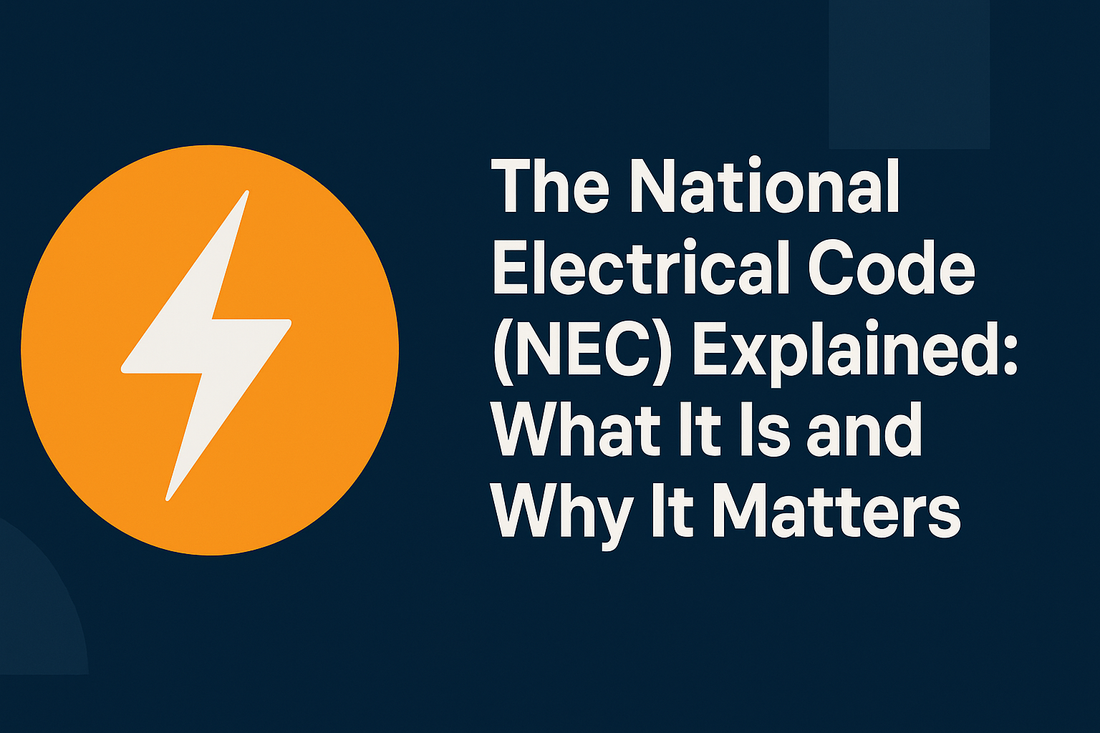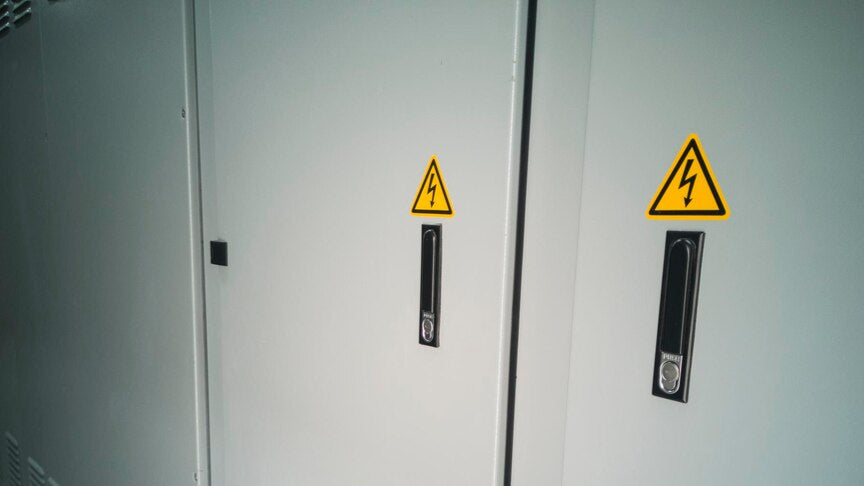When it comes to electrical safety and compliance, there’s one book that rules them all: the National Electrical Code (NEC), also known as NFPA 70. Every electrician, contractor, and inspector in the United States is guided by this standard. If you’re working on commercial, industrial, or residential electrical systems, understanding the NEC isn’t just helpful—it’s essential.
What Is the NEC?
The National Electrical Code (NEC) is a set of safety standards published by the National Fire Protection Association (NFPA). First issued in 1897, the NEC has grown into the most widely adopted electrical code in the U.S. and is updated every three years to reflect new technologies, materials, and safety practices.
The NEC isn’t law by itself. Instead, states and local jurisdictions adopt it (sometimes with amendments) to enforce consistent safety regulations across commercial and residential projects.
👉 You can access the official guide here:
📥 Download the NFPA 70 – 2023 National Electrical Code
Why the NEC Matters
Electrical work comes with risks. Fires, shocks, arc flashes, and equipment failures are all real dangers when systems aren’t installed properly. The NEC provides a baseline standard of safety to protect:
-
People – Ensuring protection from shock, fire, and other hazards.
-
Property – Reducing risks of equipment damage, electrical fires, and costly failures.
-
Businesses – Establishing safe and reliable power distribution for commercial and industrial operations.
Without the NEC, every project would rely on inconsistent local rules, increasing risks and lowering efficiency across the industry.
Main Topics Covered in the NEC
The NEC is divided into chapters, each addressing a different aspect of electrical design, installation, and protection. Some of the most important areas include:
-
Wiring & Protection (Chapters 2 & 3)
-
Branch circuits, feeders, and service calculations
-
Conductor ampacity and protection methods
-
Wiring methods like EMT, MC, PVC, and busways
-
-
Grounding & Bonding (Chapter 2, Article 250)
-
How to properly ground systems and bond conductive parts
-
Requirements for commercial service grounding electrodes
-
Sizing rules for grounding and bonding conductors
-
-
Overcurrent Protection (Article 240)
-
Breaker and fuse requirements
-
Tap rules, arc energy reduction, and fault current protection
-
-
Equipment for General Use (Chapter 4)
-
Panelboards, switchboards, and switchgear
-
Luminaires and receptacle requirements in commercial settings
-
-
Special Occupancies & Equipment (Chapters 5 & 6)
-
Hazardous locations (industrial facilities, chemical plants)
-
Health care facilities (hospitals and clinics)
-
Marinas, RV parks, agricultural operations
-
Solar PV, wind, and EV charging systems
-
-
Special Conditions (Chapter 7)
-
Emergency systems, legally required standby power, microgrids
-
Energy storage and interconnected power sources
-
How the NEC Supports Your Projects
For electrical contractors and facility managers, the NEC ensures that every job:
-
Passes inspection on the first try
-
Meets insurance requirements
-
Protects workers and end users
-
Keeps projects on schedule and within budget
As codes evolve (for example, the rise of EV chargers, solar, and battery storage), the NEC ensures your installations remain future-proof and compliant with industry best practices.
Why Print Pro Cares About the NEC
At Print Pro, we supply warning and electrical labels that help contractors stay NEC-compliant. Many NEC articles (like 690 for solar PV, 110.16 for arc-flash labeling, and 408.4 for panelboard circuit identification) require permanent, legible markings. Our products make compliance easier while helping you pass inspections with confidence.
Conclusion
The National Electrical Code is the backbone of safe electrical installations across the country. Whether you’re wiring a commercial office building, a manufacturing facility, or a marina, the NEC sets the rules that keep people safe and systems reliable.
This guide serves as the starting point for all of our NEC-focused blog content. Over the coming weeks, we’ll break down specific NEC articles—explaining them in plain language with real-world examples.
👉 You can access the official guide here:
📥 Download the NFPA 70 – 2023 National Electrical Code


